Corning Expands AgainIn May we noted that Corning (GLW) had officially announced the opening its 2nd Gen 10.5 glass substrate facility in China, and its 6th class facility in the country, co-located with BOE’s (200725.CH) Gen 10.5 fab in Wuhan. Last night Corning announced that it will add production capacity to its facilities in Chongqing, producing substrates at Gen 8.5 and above. There are two LCD fabs nearby, a Gen 8.5 LCD fab (B8) run by BOE, and a Gen 8.6 LCD fab (H1) run by HKC (248.HK) and one Gen 6 OLED (BOE) line. The new glass processing lines are expected to be in production in 2023.
0 Comments
Biting the Hand that Fed You |
AuthorWe publish daily notes to clients. We archive selected notes here, please contact us at: [email protected] for detail or subscription information. Archives
May 2025
|


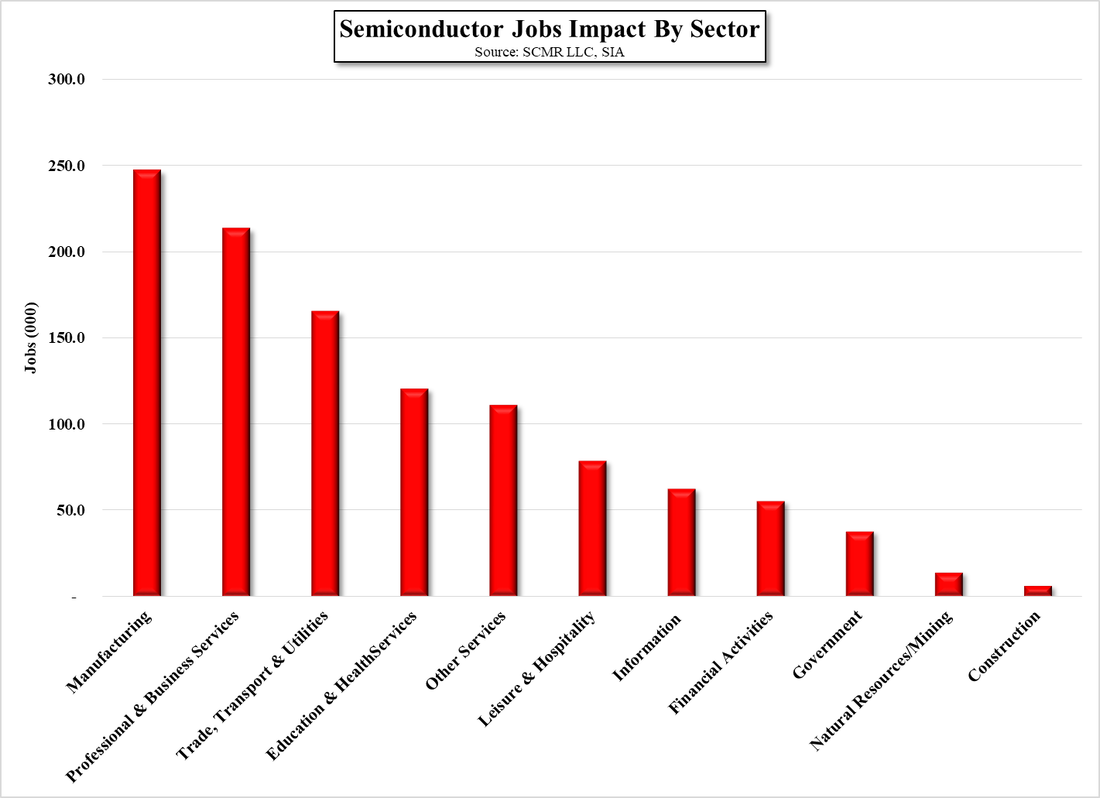





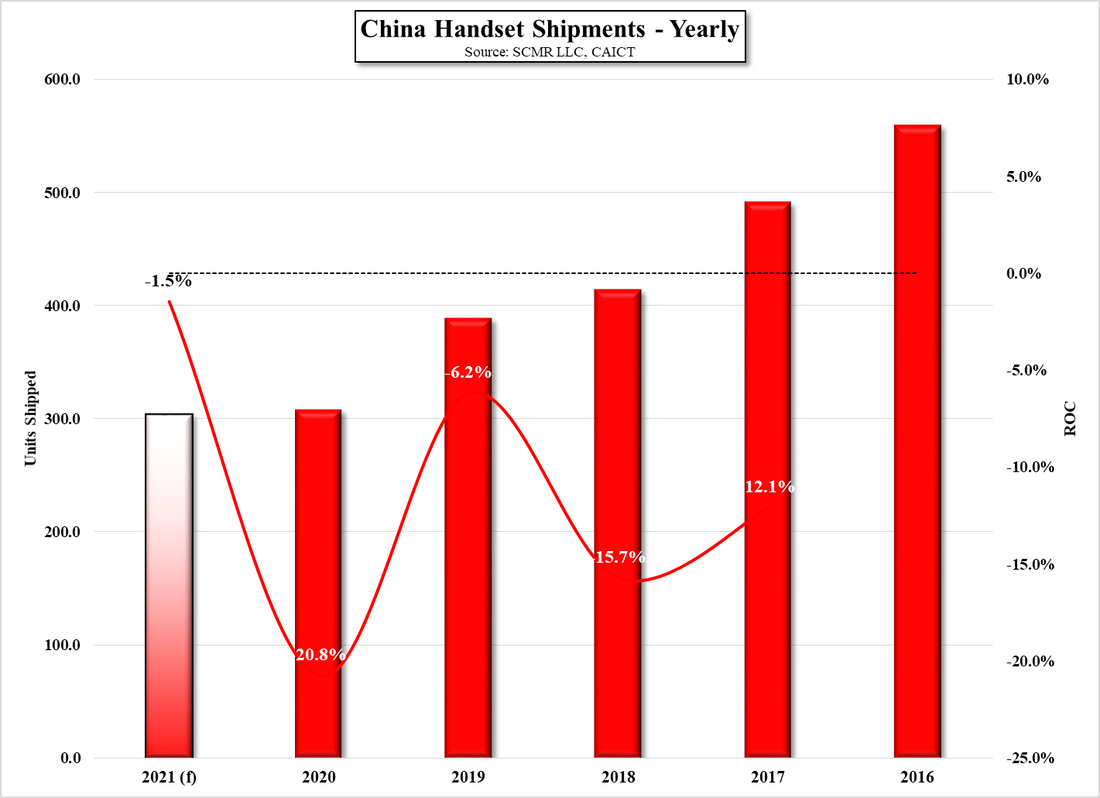
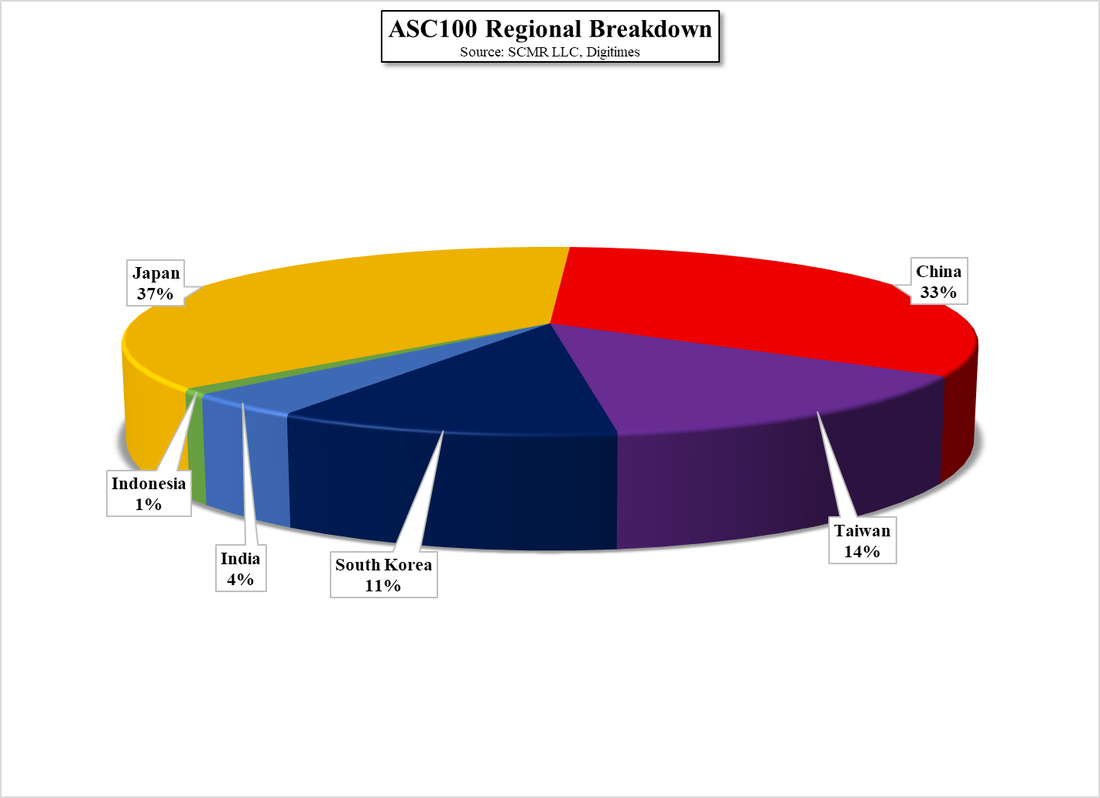
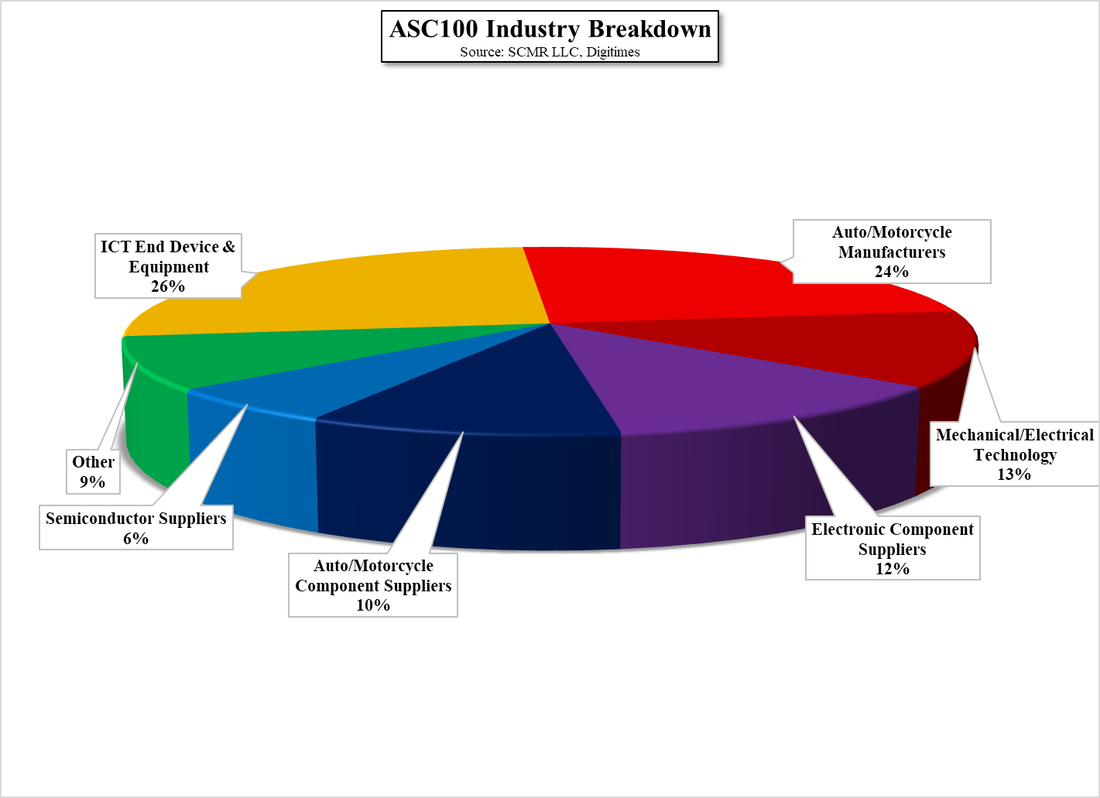
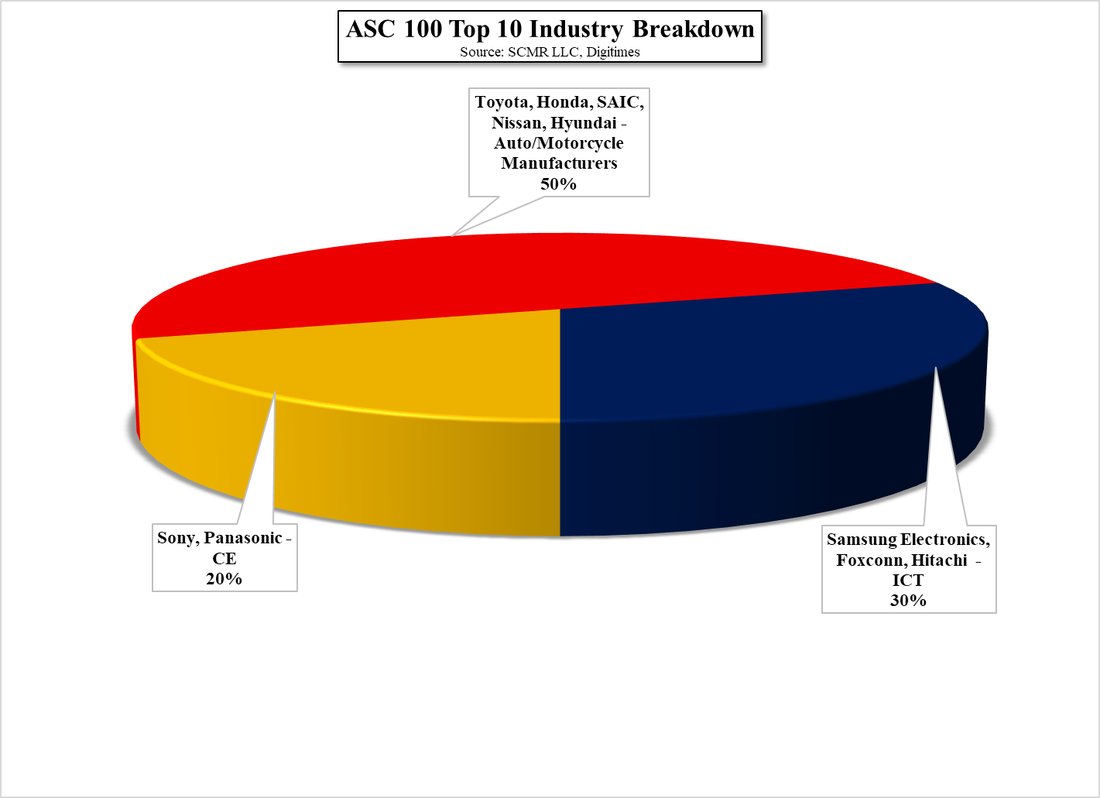
 RSS Feed
RSS Feed